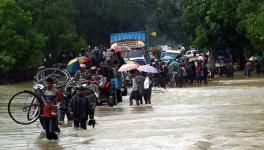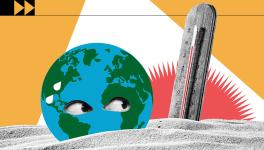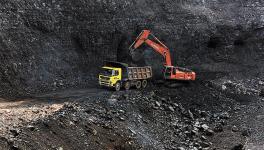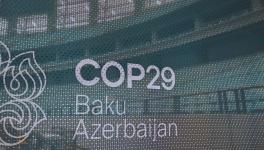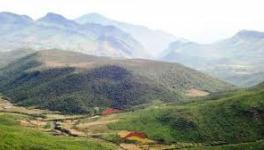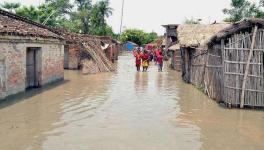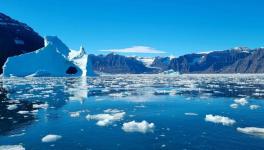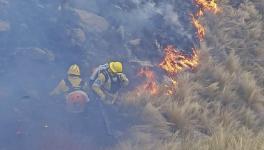Climate Change: New Research Shows Alps Mountains Turning Green from White
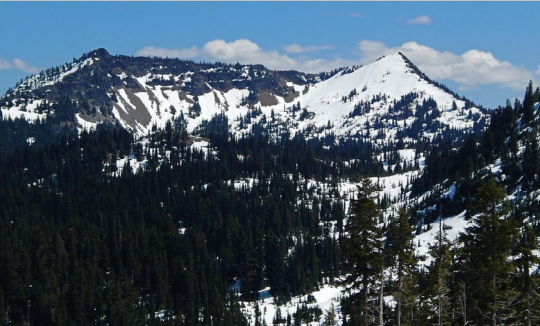
"Mountains are hotspots of biodiversity and ecosystem services, but they are warming about twice as fast as the global average. Climate change may reduce alpine snow cover and increase vegetation productivity, as in the Arctic," concluded a research paper published in the journal Science recently.
This is indeed one of the many alarms scientists and researchers have been ringing about man-made climate change for quite some time. The Alps, one of the most iconic mountain ranges of the world, is witnessing considerable change over time due to climate change. The snow-capped peaks of the Alps are withering away fast and are being replaced by vegetation covers, which is known as the greening process and is expected to accelerate climate change.
The research is based upon the satellite imagery of over 38 years across the entire European Alpine range.
Sabine Rumpf, the lead author of the study and an ecologist at the University of Lausanne, Switzerland, expressed his concerns. He said, "We were very surprised, honestly, to find such a huge trend in greening."
Notably, greening, the vanishing of the snow covers and increase in vegetation growth, is a well-recognised phenomenon in the Arctic, but not in the mountain regions. However, scientists have envisaged the effect on mountains as well, as both poles and mountains are witnessing warming faster than the rest of the planet.
The researchers concluded by examining regions situated at 1700 meters above sea level. They considered this height to exclude those areas used for agriculture. The team also excluded the glaciers and the areas where forestations have been done and conducted the analysis from 1984-2021.
In the area studied by the team, 10% did not have snow cover during summer. However, satellite imagery has a limitation, as it can only tell about the presence or absence of snow on the peaks. It can't assess the reduction of the depth of the snowpack.
Along with assessing the decline of snow cover, the researchers also compared the amount of vegetation. They used wavelength analysis to detect the amount of chlorophyll present. They found that there had been an increase of 77% in plant growth in the area of study.
An increase in green coverage may seem potentially beneficial for sequestration of carbon dioxide, but the negativities of the rise in greening replacing snow outweigh the good. The loosing of snow covers can further accelerate warming. An increase in plant cover in the Alps combined with the reduction of snow cover will lead to less albedo effect. The albedo effect is referred to the process of reflection of sunrays (also heat) from the surface of the snow. Sunlight gets reflected when it hits pale coloured surfaces like snow, and on the other hand, sunlight hitting dark surfaces is mostly absorbed. The decline in the albedo effect will increase warming in return.
Rumpf, however, cautions of further removal of snow covers.
"In terms of snow, it's pretty straightforward. I would expect the snow cover to disappear more and more, especially at lower elevations," she said in a statement.
The researchers also studied another phenomenon known as browning, where the ground cover doesn't have either snow or vegetation. Browning has been found in less than 1% of the area of study in the research. This is much lesser than browning observed in the Arctic or the central Asian mountains.
Get the latest reports & analysis with people's perspective on Protests, movements & deep analytical videos, discussions of the current affairs in your Telegram app. Subscribe to NewsClick's Telegram channel & get Real-Time updates on stories, as they get published on our website.









